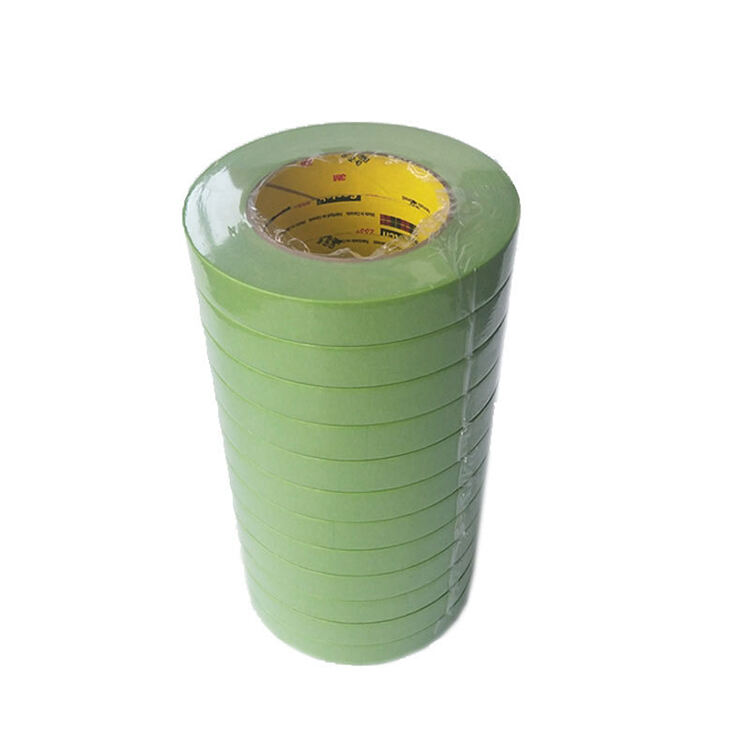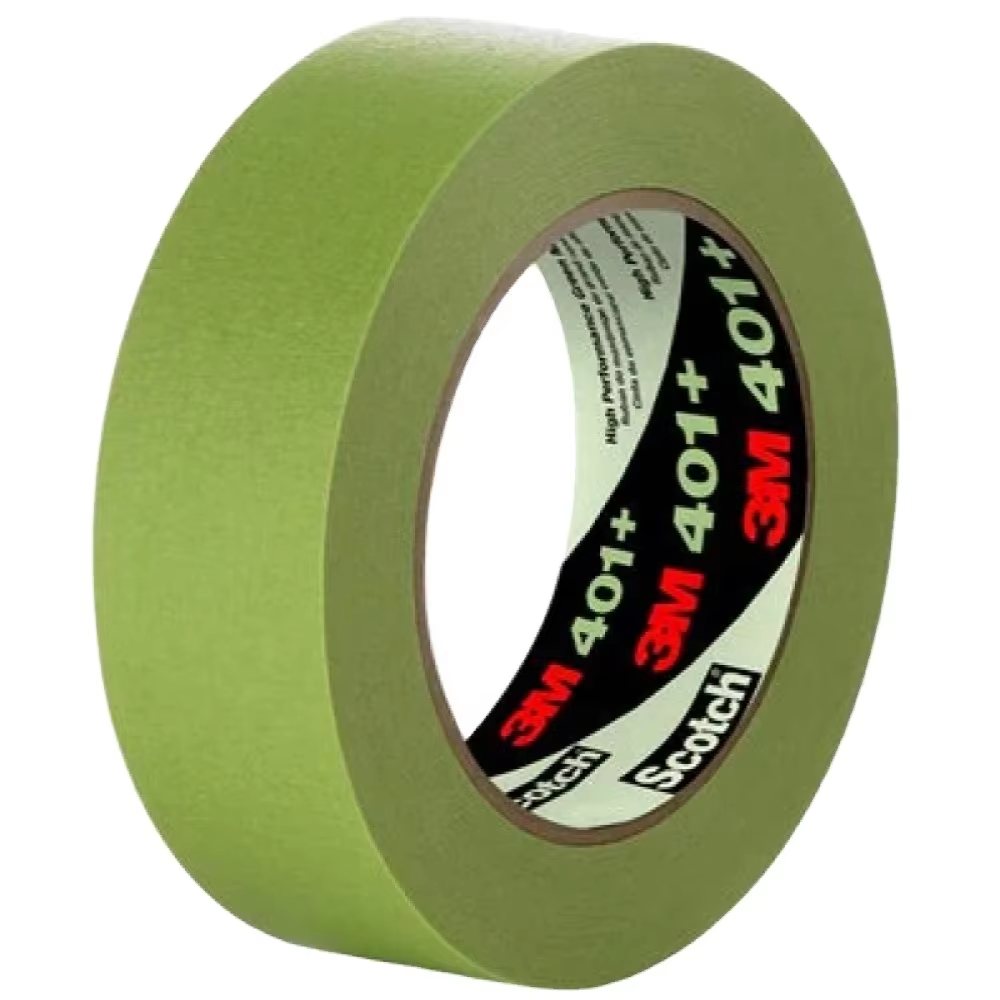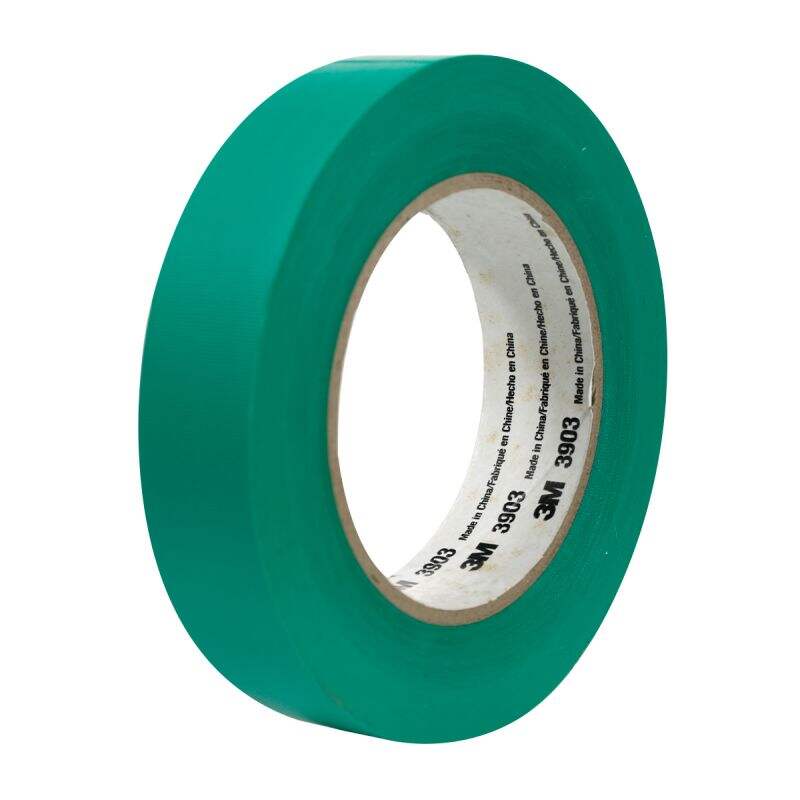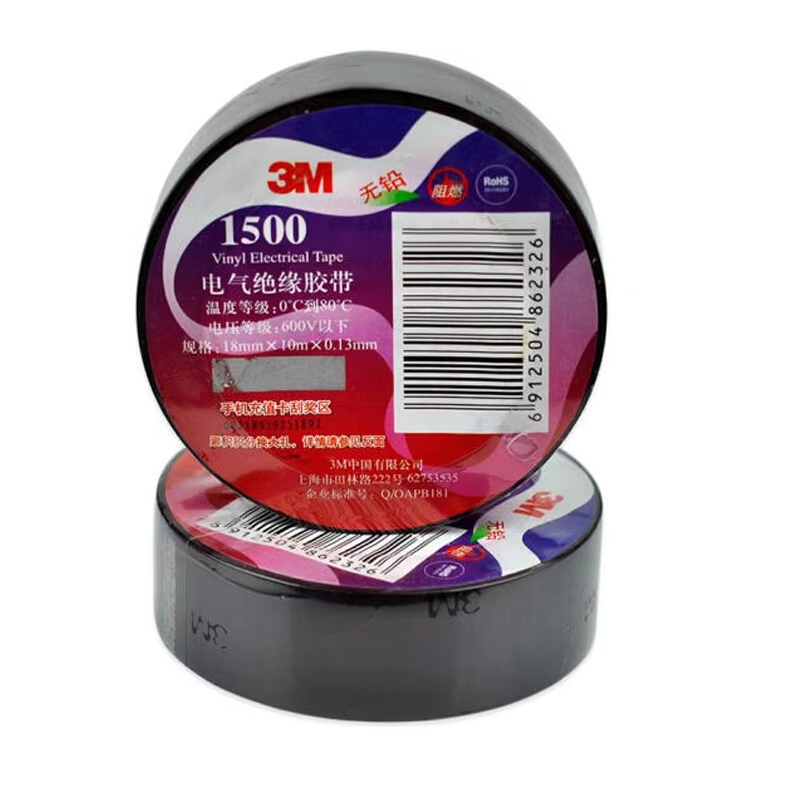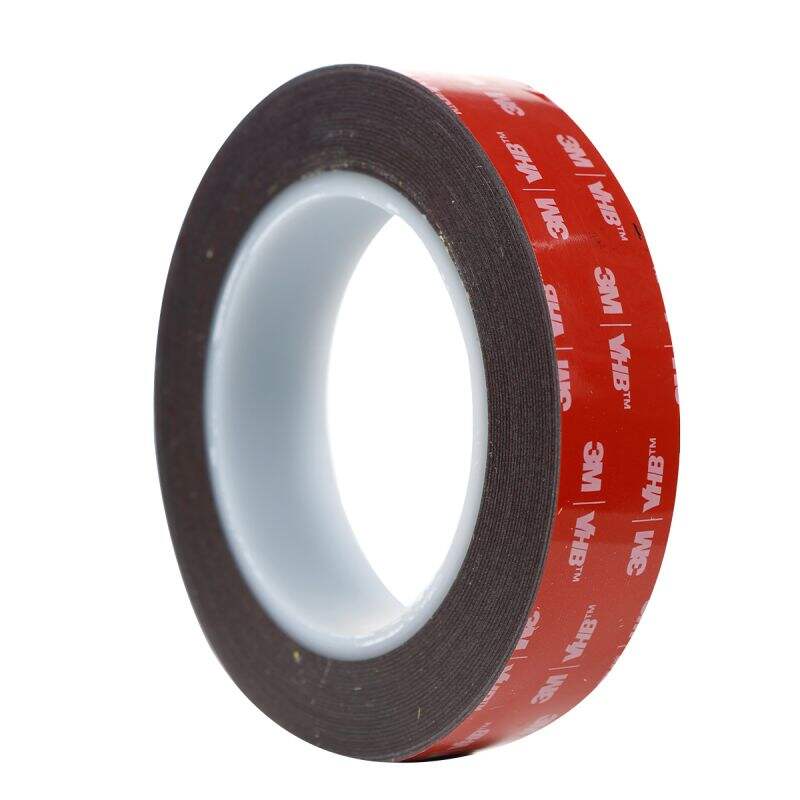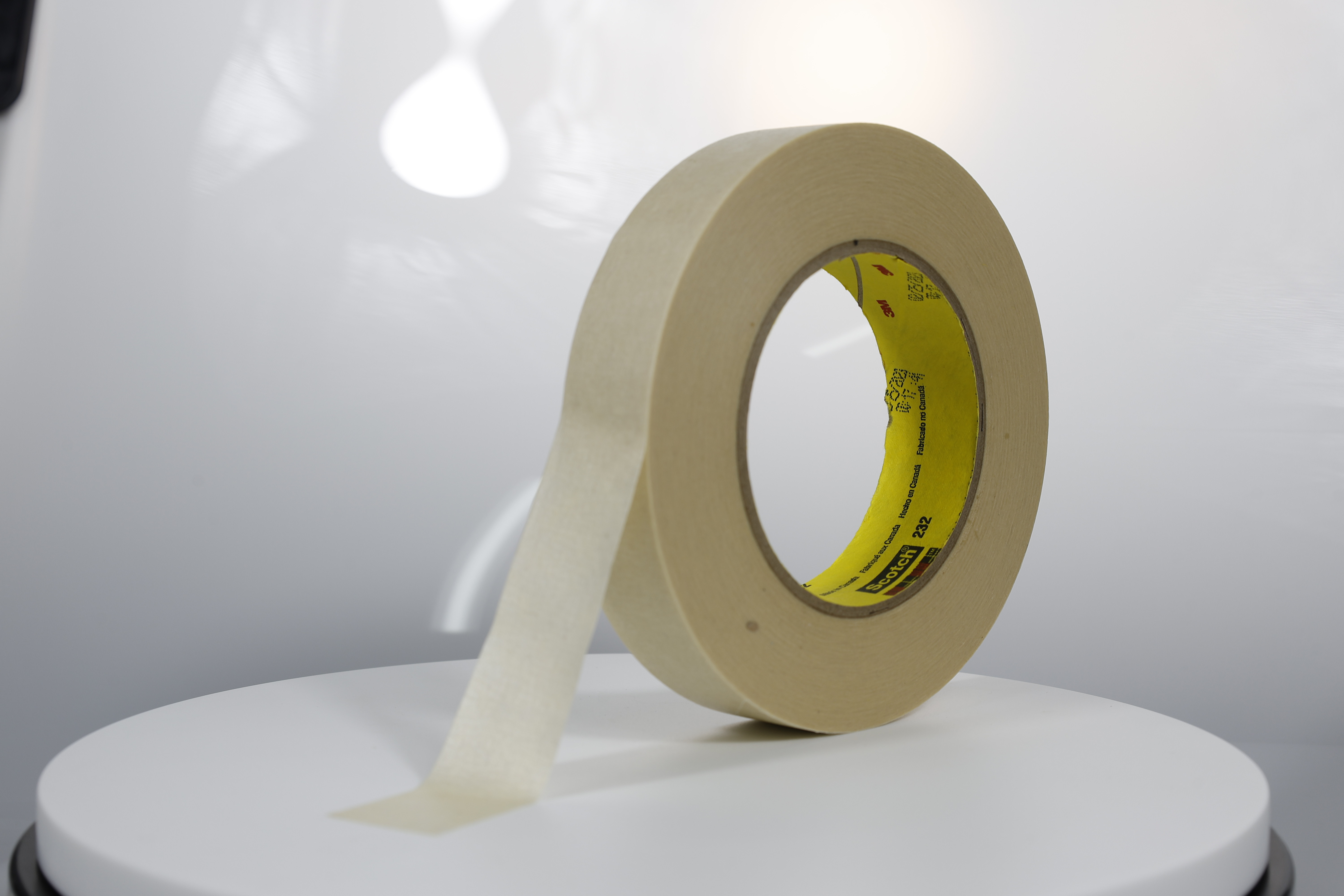Painting a mural? Masking tapes with smooth release are essential for detailed work.
Key Factors for Choosing Masking Tapes for Murals
Surface Compatibility: Matching Tape to Wall Texture
Choosing the right masking tape for murals begins with understanding surface compatibility. Different wall textures like brick, stucco, or smooth finishes require specific tape types. Each texture interacts with adhesive differently, dictating how well the tape sticks and its ability to maintain clean lines. For example, textured surfaces might need masking tapes with specialized, stronger adhesives to ensure they adhere properly and do not lift prematurely. Properly matched tapes prevent issues such as paint bleeding, which can ruin your mural by creating smudged or uneven edges.
Adhesive Strength: Balancing Hold and Paint Protection
The adhesive strength of masking tape is crucial in balancing hold and paint protection for murals. Various tapes offer different adhesive strengths, impacting both how well they hold while painting and their ease of removal. Tapes with strong adhesive prevent paint bleed but must also release cleanly to avoid damaging the wall's surface. For instance, the American Society for Testing and Materials (ASTM) Standard D-3330 indicates how certain brands measure up in terms of adhesion. It's important to choose a tape that offers the right balance so that it holds during application and removes without peeling or chipping the paint.
Residue-Free Removal: Preventing Damage to Artwork
Residue-free removal is a significant factor when choosing masking tape for murals, as it ensures that the mural and underlying surface remain pristine. Over time, some adhesives may break down or harden, affecting their removal efficiency and potentially damaging the artwork and wall underneath. Duration of application can also impact how a tape performs upon removal, thus selecting a tape known for residue-free specifications is crucial. Artists have reported frustrations with tapes that didn’t meet this criterion, leading to damaged artwork upon pulling the tape away. Ensuring that you use a masking tape that removes cleanly will maintain the integrity of both the mural and the wall.
Top Masking Tapes for Mural Projects
3M™ Performance Green Masking Tape 233+ (High Conformability & UV Resistance)
The 3M™ Performance Green Masking Tape 233+ stands out due to its high conformability and UV resistance, which makes it an exceptional choice for outdoor murals. This tape is designed to adhere securely to irregular surfaces, providing artists with the flexibility needed to tackle complex shapes and textures without compromising on results. Additionally, users have praised its performance in diverse environmental conditions, particularly its ability to prevent paint bleed, ensuring sharp, clean lines on mural edges. The tape’s ease of removal is another significant advantage, aligning perfectly with the demands of mural projects where preserving the surface integrity is paramount.
3M™ High Performance Green Masking Tape 401+ (Heat Resistance & Precision Lines)
The 3M™ High Performance Green Masking Tape 401+ is particularly suited for high-heat environments and tasks requiring precision lines. It's engineered to withstand temperatures up to 250°F/121°C, making it ideal for detailed work in demanding conditions. This tape has been lauded for its durability and the ability to maintain performance over long-term applications, ensuring lines stay sharp and defined. Users and experts alike have recommended it for its conformability and resilience, significantly valuable for intricate mural designs that involve high-temperature paint processes. The tape meets industry standards for precision masking, reinforcing its reliability and effectiveness.
3M™ Paper Masking Tape 2214 (Budget-Friendly for Light-Duty Murals)
For mural projects with budget constraints, the 3M™ Paper Masking Tape 2214 presents an economical solution ideal for light-duty tasks. It is formulated for easy use and quick removal, which is perfect for smaller, indoor projects that don't require extensive adhesion pressure or temperature resilience. This tape performs adequately for general applications, offering a satisfactory balance of adherence and removability. Compared to higher-end masking tapes, the 2214 is ideal when precision isn't critical but speed and cost-effectiveness are, making it a feasible option for minor decorative initiatives or temporary murals without stressing the budget.
Application Tips for Crisp Mural Edges
Prepping Surfaces: Cleaning and Drying Essentials
To achieve crisp mural edges, it's imperative to ensure that surfaces are thoroughly clean and dry before applying masking tape. This preparation step maximizes the tape's adhesion, preventing any paint bleed-through. It's crucial to avoid harsh cleaning agents that might damage the wall; instead, opt for mild soap solutions or specialized wall cleaners. These alternatives maintain the wall's integrity while effectively removing dirt and oils. Also, consider monitoring drying times carefully, as they can vary depending on the paint type and environmental factors such as humidity. This attention to detail ensures a seamless application process.
Layering Techniques for Complex Designs
When tackling complex designs with multiple colors, strategic layering techniques can make a significant difference. Begin by applying tape in the order that complements your design's color hierarchy to minimize overlap and confusion. For intricate designs, it's important to use sharp tools such as X-ACTO knives or precision scissors to cut and trim the tape neatly, which helps achieve clean lines and minimizes waste. Many muralists have shared that using these innovative taping methods allows for precise detailing in their artwork, ensuring that every element of the design is clearly defined and executed flawlessly.
Avoiding Paint Bleed-Through with Proper Sealing
Preventing paint bleed-through is essential for any mural project, and proper sealing of tape edges is a vital step in securing this outcome. To enhance bleed protection, using the right sealing agents such as clear acrylic spray or specialized paint sealing gels can be beneficial. These products tighten the tape to the surface and create a barrier against paint seepage. Adopting meticulous brush or roller techniques—like using light, consistent pressure—when painting near masked edges further ensures crisp lines. Expert insights often highlight that paying close attention to sealing tactics dramatically reduces the chances of accidental color mixes, resulting in clean and professional edges.
Safe Tape Removal Without Damaging Your Art
Timing Removal: Wet vs. Dry Paint Strategies
Proper tape removal is essential to safeguard your mural from damage. Understanding the timing between wet and dry paint can significantly impact your results. Removing tape while the paint is still wet can prevent cracking or ripping, as the edges remain more pliable. Conversely, waiting for the paint to dry facilitates a clean line; however, this may cause paint peeling if not handled carefully. Professionals often recommend waiting until the paint is touch-dry for best results. Each paint type varies in drying time, so it's crucial to know your paint's specifics, as acrylics dry faster than oils, for instance. By consulting experienced painters, you can find guidance on the optimal removal timing for perfect, damage-free edges.
Angled Peeling to Prevent Slivering
To maintain precise edges on your mural, angled peeling is a technique that's highly recommended. This method involves pulling the tape back on itself at a 45-degree angle, which minimizes stress on the paint film, contributing to a cleaner edge. The angle ensures that the tape separates smoothly from the wall while reducing the risk of slivering, which can mar the finish. Many artists who adopt this technique praise its effectiveness, attributing crisp lines and unblemished edges to its careful implementation. Angled peeling not only enhances the mural's appearance but also ensures the preservation of intricate details.
Handling Delicate Surfaces Post-Removal
Handling delicate surfaces post-removal is a crucial step in ensuring that your mural retains its pristine condition. Once the tape is off, it's vital to treat the painted area gently to prevent any damage. If left unattended, the surface might sustain scuffs or scratches, particularly on fresh or sensitive paint. Washing the area with mild, non-abrasive solutions can help maintain its integrity. Experts also recommend avoiding direct sunlight or harsh conditions immediately post-removal to prevent fading or warping. By following these measures, you can sustain the mural’s vibrancy and ensure it remains a beautiful representation of your creative endeavors.
Recommended Products
 Hot News
Hot News
-
Pakistan Business Delegation Visits Our Factory, Seals Partnership With Immediate Deposit
2025-04-29
-
TAPE Team Conquers Shenzhen’s Phoenix Mountain: Unity, Ambition, And New Heights In 2025
2025-02-21
-
The Role of Polyimide Electrical Tape in Electronics Insulation
2025-01-21
-
High Strength Double-sided Tape for Secure Bonding
2025-01-15
-
Durable Foam Tape for High-Performance Applications
2025-01-10
-
High Temperature Resistant Masking Protective Tape for Extreme Conditions
2025-01-01
